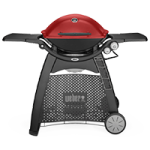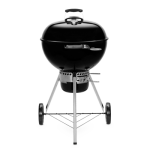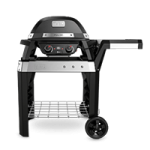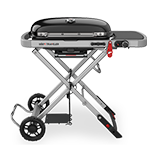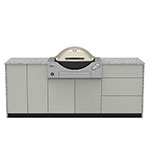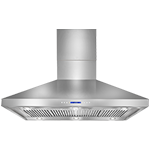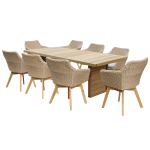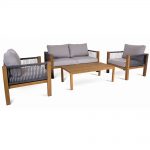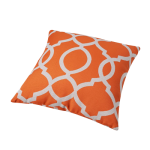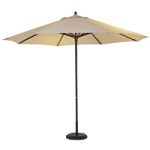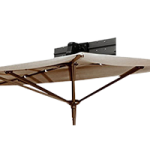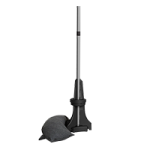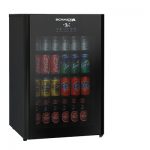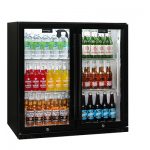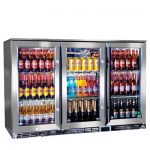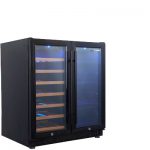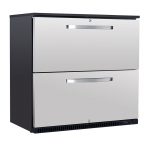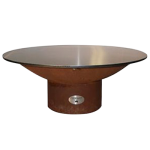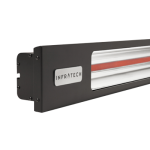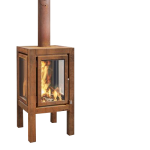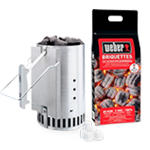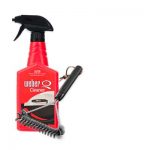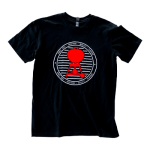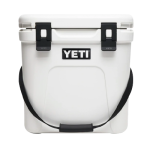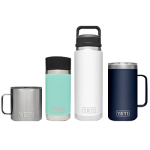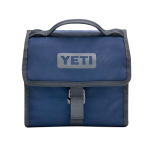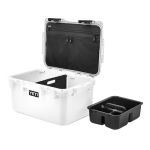
The Firepit
Fire pits are thousands of years old. They were a central part of human life as they provided warmth and a means of cooking for families or communities. Back in ancient times, fire pits were not detailed external structures. Users simply dug sizable holes in the ground to contain the fire. The premise then, as it is today, is to contain the fire and stop it spreading.
Outdoor entertaining has become a cornerstone of the Australian lifestyle. We enjoy cooking outdoors, hosting friends and family outside and basically enjoying the fresh air lifestyle as much as possible. Sadly, we cannot always guarantee the warm weather, nor can extend the heat from the sun. Most outdoor entertaining spaces have some form of heating. One of the most beautiful and engaging styles of heating is wood heating. This is where the outdoor fire pit comes to the fore.
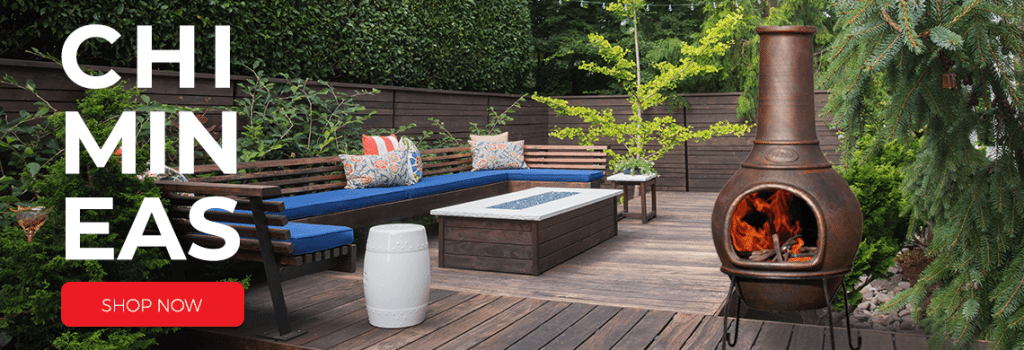
Chimeneas
This outdoor heating option dates back many years. They are a free-standing, front-loading fireplace. They used to serve as an indoor heating and cooking solution. Its origin can be traced back to Spain and Mexico. The first iteration of chimenea can be dated back around 400 years ago.
The direction draught design of a well-built chimenea allows the smoke and fumes to emit through the top of the heater drawing away from the people sitting around it. The difference between a chimenea and fire pit is that the chimenea is designed with a flu or chimney that drafts properly like an indoor fireplace. The vessel will burn very hot so there will be virtually no remnants after the fire has been extinguished. They need to be stoked often as they burn fast because they are small vessels which will not support large, slow burning logs. These days chimeneas are readily available and used for outdoor entertaining.

Strip Heaters
There is a range of outdoor gas and electric applications. They are suitable for both commercial and domestic markets. They radiate a clean, safe, ambient heat that will complement any domestic indoor or outdoor area. This makes them ideal for any outdoor areas such as patios, verandas or pergolas.
Some brands have a quartz heat element which distributes a wavelength of light that solid objects absorb. This means the heat warms furniture and static items as well as people. The heat will be distributed evenly and will not simply drift off into the air. It does not generate any noise or greenhouse gases and runs at 90% efficient.

